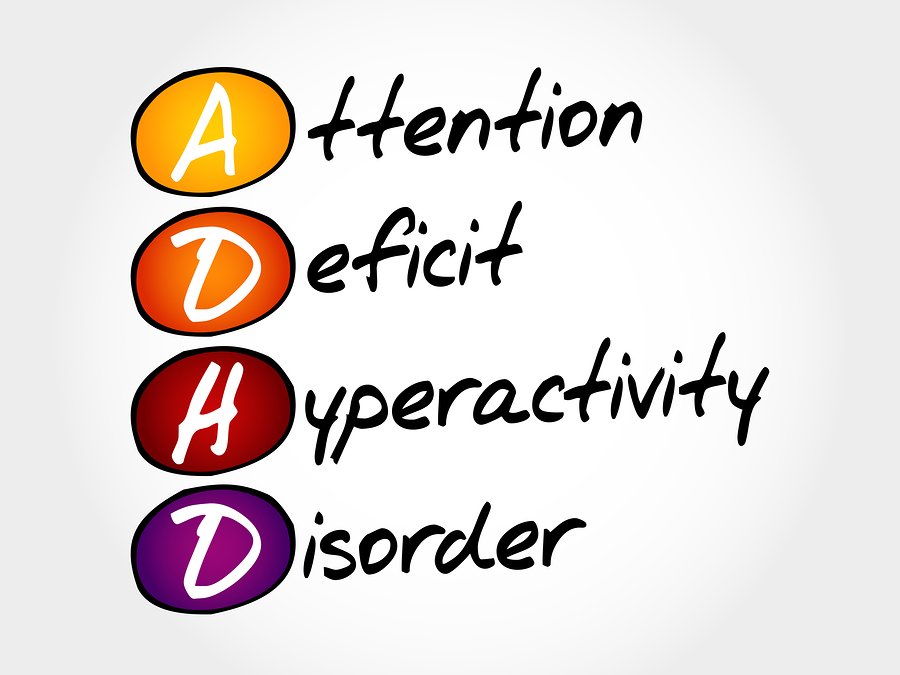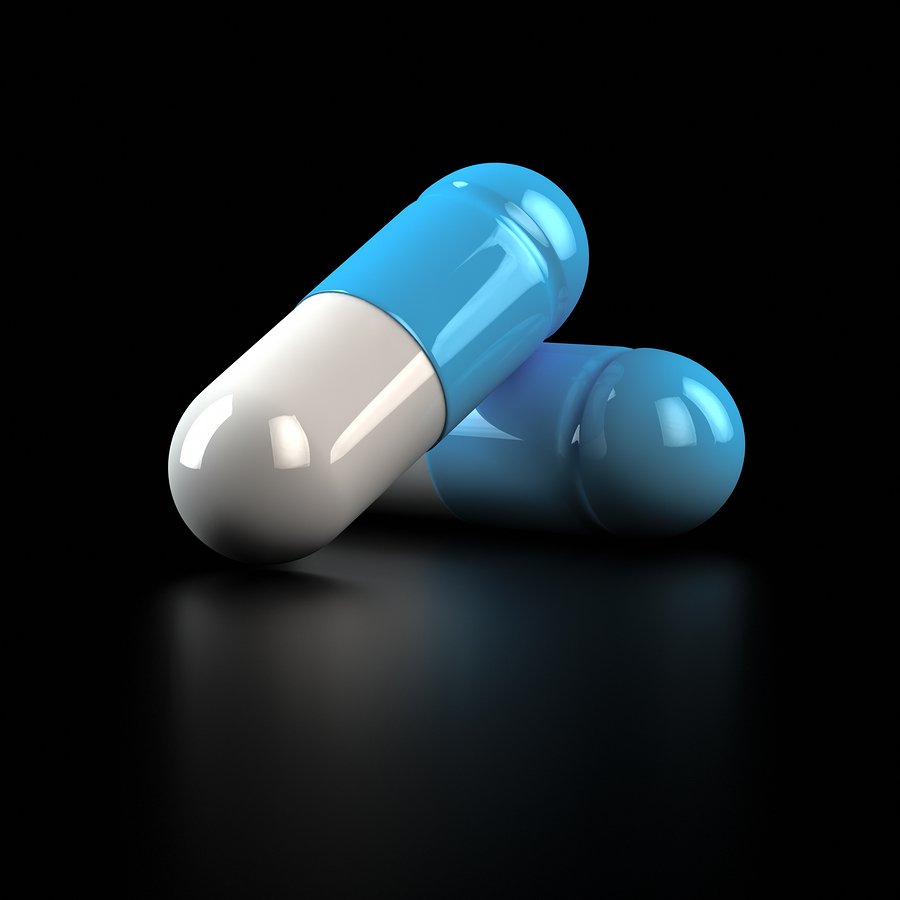The Centers for Disease Control and Prevention's (CDC's) 40th annual report on the health of the nation has revealed a rise in the proportion of personal healthcare expenditure taken up by prescription drugs. The Health, United States, 2016 report revealed prescription medication accounted for 11.9 percent of funds used for personal healthcare last year, representing a five percentage point increase on the figures from 1995 (6.9 percent). It was also significantly higher than the 7.1 percent proportion reported in 1975.
A possible contributor to this trend is an increase in prescription drug usage in the US. The latest CDC report revealed a rise in "polypharmacy", commonly defined as taking five or more drugs, among adults of all age ranges. Between 1988-1994 and 2013-14, there was an increase of 2.7 percentage points in the proportion of adults between the ages of 18 and 44 who reported using five or more prescription drugs within the last 30 days. More significantly, this figure rose to of nearly 13 percentage points in adults between the ages of 45 and 64.
The study found there was a general rise in the levels of prescription drug use in all age ranges of American adults. In 2013-14, around nine out of ten (90.8 percent) adults over the age of 65, and nearly seven out of ten adults (69.6 percent) aged 45-64, took a prescription drug within the last 30 days. In adults between 18 and 44, this figure was also higher than in the previous study, with more than one third (36.5 percent) of adults taking prescription medication in the last month.
With medication taking up a growing proportion of patient's healthcare spend, the need to find ways to save money on prescriptions has never been higher. We have put together a few tips to help you keep your prescription costs to a minimum and ensure prescription medication does not take up a higher proportion of your healthcare spending than necessary.
Ask your physician or pharmacist about generic alternatives…
If you are prescribed a branded medication and are concerned about the price, ask your physician if there is a cheaper generic alternative. Generics are required by the US Food and Drug Administration to have the same safety and efficacy as their branded counterparts, and are often significantly cheaper. For example, the cash price for 30 tablets of the branded drug Lasix is between $20 and $30, but the price for the same quantity of Furosemide, it's generic equivalent, is only $4.
Look for manufacturer discounts and Patient Assistance Programs…
If you need a branded medication, many manufacturers run discount programs to help patients get access to the medication and treatment they require. To see if you medication has an Pharmaceutical Assistance Program available, click here.
Explore other treatment options…
Some conditions need to be treated with prescription medication, but there may be other ways to treat an illness or alleviate symptoms. Lifestyle changes, surgeries, talk therapy and physiotherapy are just some of the many options available to patients. Even if medication is required, patients may be able to reduce the amount of drugs they need to purchase by exploring other treatment options. Make sure you speak to your physician before changing your treatment or medication.
Shop around and compare prices…
Drug prices can vary significantly between different pharmacies, even those located close to each other, which can make it tough for consumers to find the best offers. Whether you need to fill a script for Prinivil (lisinopril), Levoxyl (levothyroxine sodium) or another medication, ModRN Health can help you compare prices at local pharmacies quickly and easily, ensuring you keep your personal healthcare spending on prescription drugs to a minimum.








